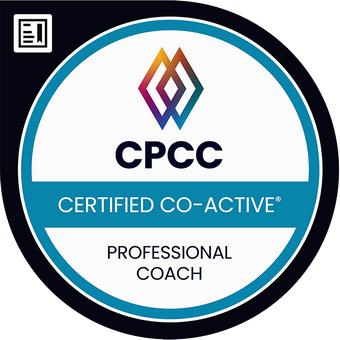3 elements of successful code of conducts .
The importance of taking up these few essentials to prevent organisations and leaders from non-compliance and fraud is a given fact. The underlying impulse of this important article about how specific behaviour influences corporate integrity completely switched within minutes due to a business friend who acted with guts, speaking-up and reminding about the broader ethical behaviour in his management team during a decision-making process. Demonstrated leadership. You are a hero!
Fact based risks for our economy
It is given that according to several studies and explicitly to the 2020 ACFE Report to the Nations, that having a code of conduct reduces the loss of non-compliance and fraudulent behaviour by the material percentage for 50%. Personally, I am very careful with this information since I know that most of the cases related to non-compliance, economic crime, fraud, and cybercrime does not show up in any report. We all see only the tip of the iceberg.
Nevertheless, we see – not only in these reports – but especially in my daily work with the clients as an expert in Corporate Integrity, Governance and Risk, that a significant risk reduction can be achieved. With a decent investment.
Saying that I am a big supporter of practical tools and structures making the entrepreneurs live saver. Also, when it comes to rules and policies. Every single organization has individual needs to make them more successful in the long run. And that is what we aim for.
1. Explaining the “why”
What is the purpose of the Code of Conduct? What do we want to achieve with it? Worlds’ leading companies frame their understanding of ethical behaviour and integrity. It is their companies’ culture. Their DNA.
These companies acknowledge corporate integrity as their long-term success factor and competitive advantage. Explaining the power of such behaviour takes the focus away of the negatively associated terms and patterns of fraud, crime, loss, non-compliance, etc.
2. Evergreen: Setting the Tone at the top
People learn by copying – that is a fact too. Toddlers imitate adults. Employees mirror supervisors and so on. This also means that managers are looked at as role model for workplace behaviour. Employees immediately save the behaviour of their role model in their set of beliefs. This means that they learn, for example, that accepted gifts are accepted behaviour of the company. A distinction between what this person (manager) does and what the company’s opinion is (e.g., written rules) does not longer matter.
It is important that also managers are trained in “what does a role model function” in the organization mean. Starting from there to train them how to live the code of conduct in their specific function. They are not only responsible for their own ethical behaviour but also for their positive undertakings to empower their team members that they can act in the way too.
3. Give the Code of Conduct a face
There are many ways and the more creative a company becomes the easier it will be to make a code of conduct stick.
How about starting with concrete, practical easy-to-understand action rules? We must remember that the code of conduct needs to be understood from all employees and additional stakeholders. Not only management and investors.
Going a step further it is key how the code of conduct is written. Just a quick reminder and self-reflection when you check the code of conduct of your organization.
- What style is used? Does it fit to the company’s culture?
- Which words are used? Is it talking “to me” or “about me”?
- Does it resonate with what I experience?
And the last point I would like to bring up regarding the need of making the code of conduct a lively, understood and implemented resource for any organization in our world: show up!
These days, where we have all the possibilities it is no act to record an audio or video to make a message stick. I could also have brought up the topic under point two when we talked about the tone at the top.
Together with our clients we establish the script of powerful messages by key players. Which does not only mean that the CEO and / or president has a voice but rather also every single employee. Everybody has a different style of explaining what the code of conduct means to them. Using that power gives a face too.
“Remember: human learn from watching others!”
Yes, there are more success factors too I will write about soon and I love to hear and read your use cases on any of the channels.
With saying that I wish you a great process of reviewing, analysing, and implementing your individual code of conduct and I am convinced, that yours will bring you to your next level of professionalism, protection, and success!
Yours,
Sonja




